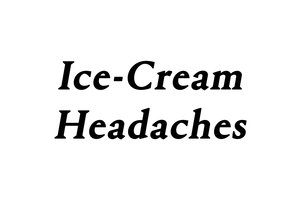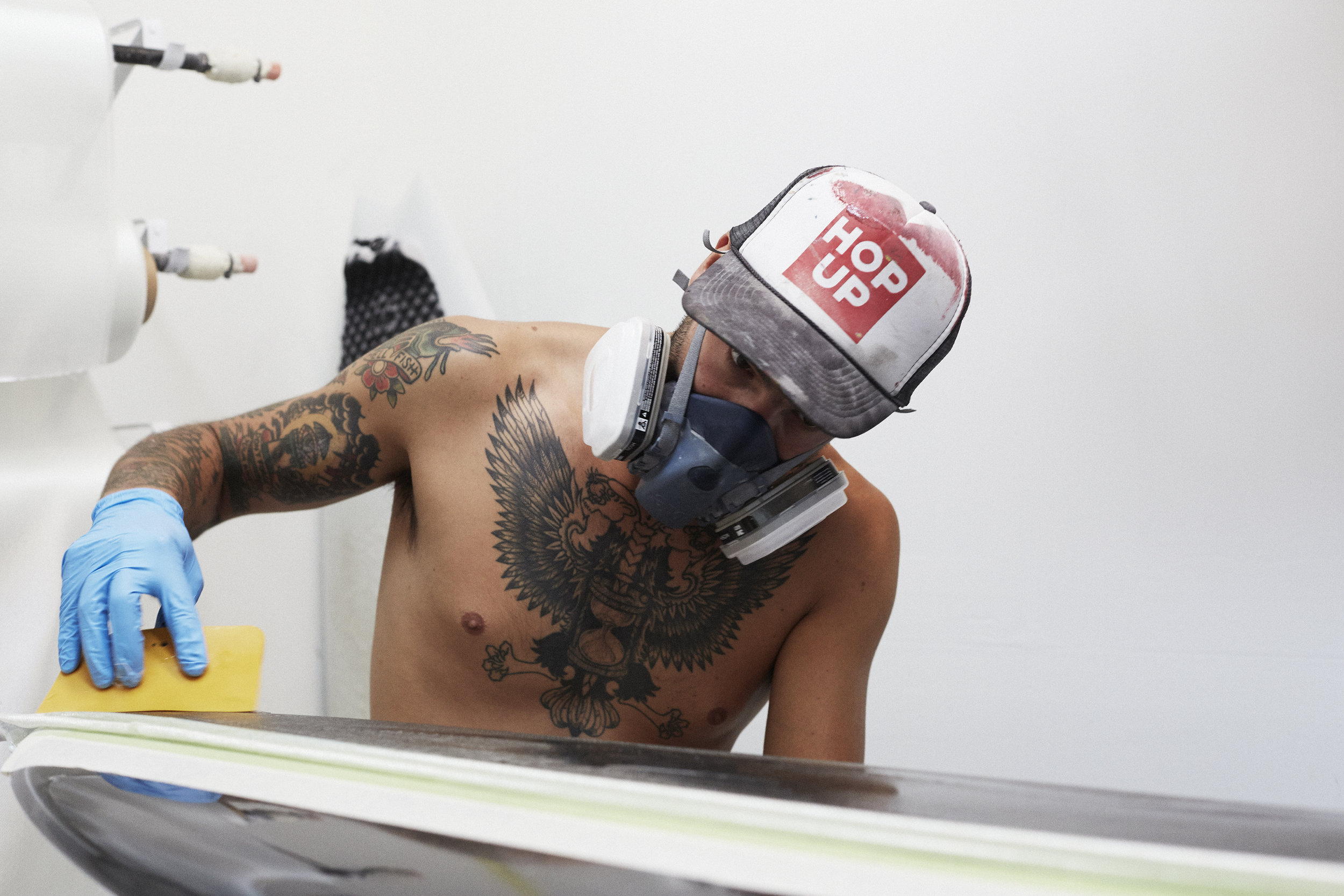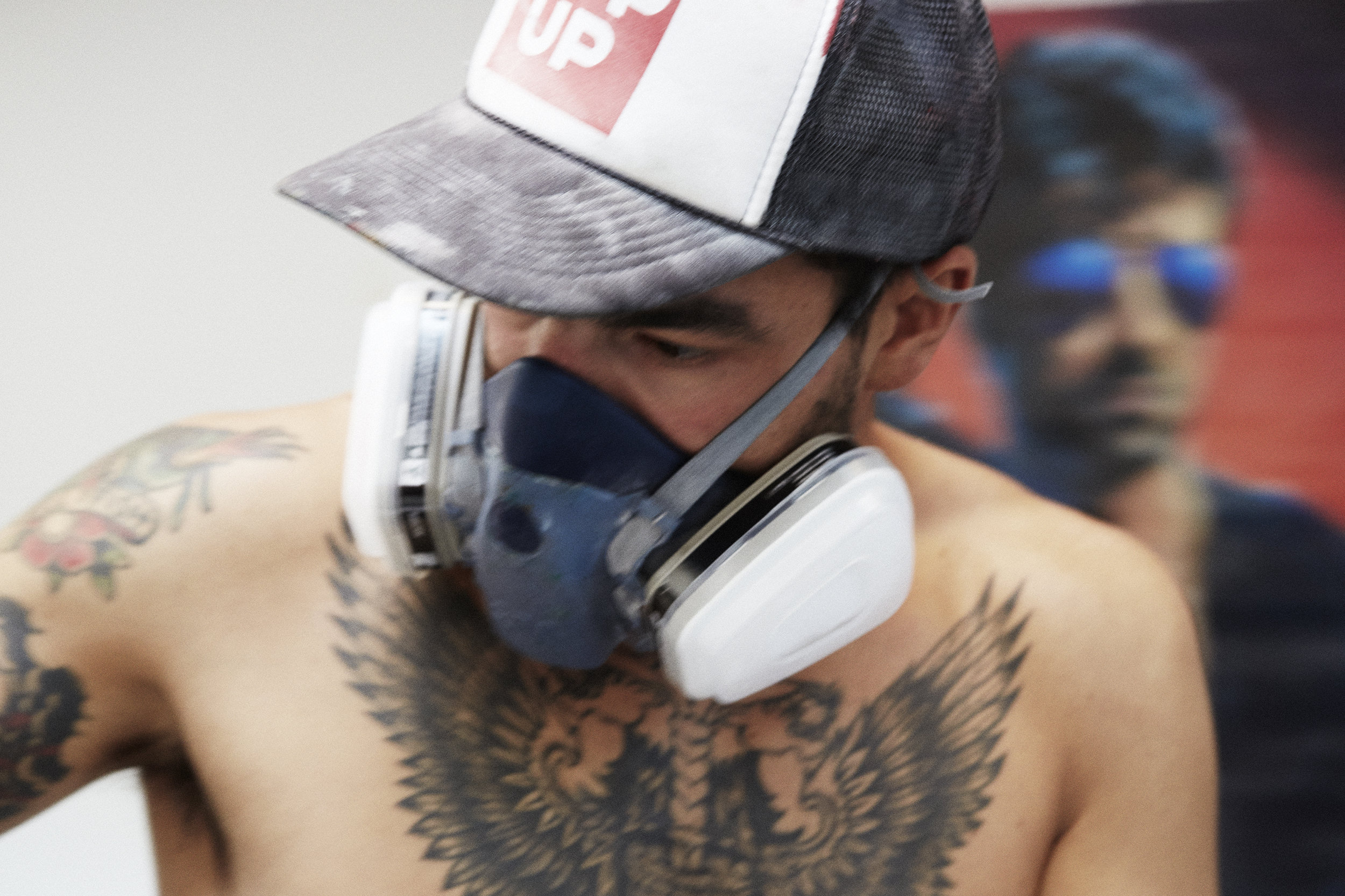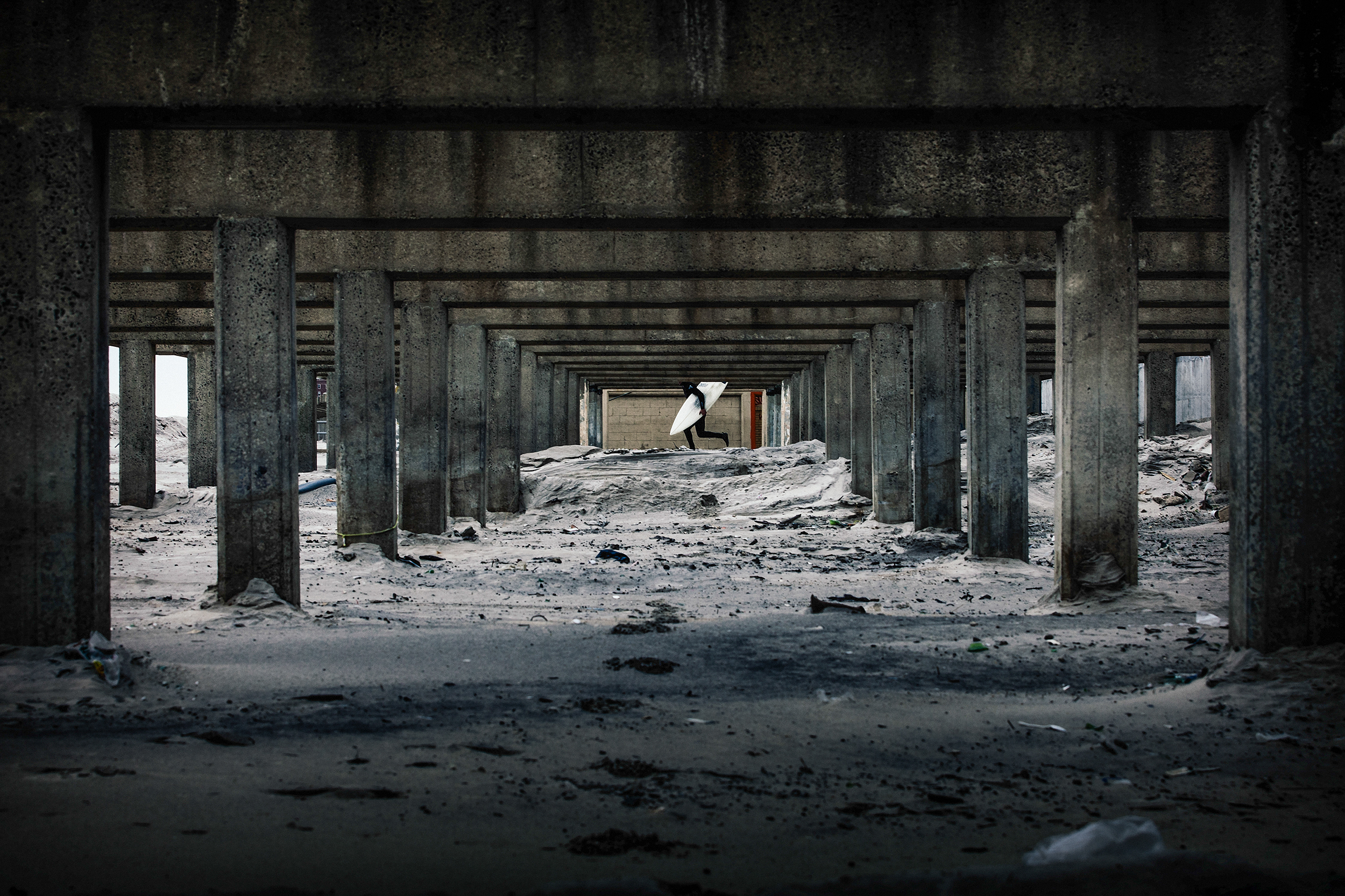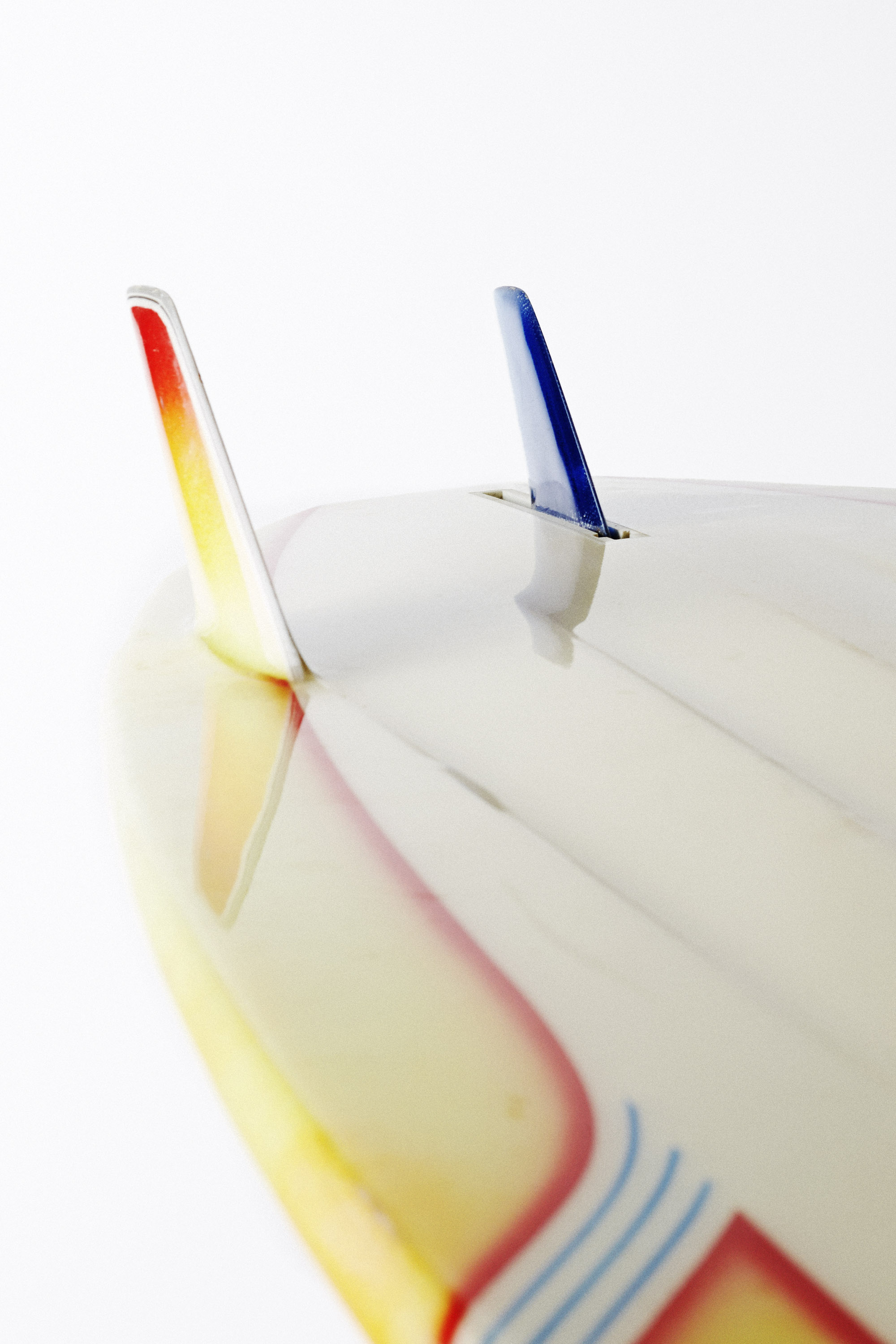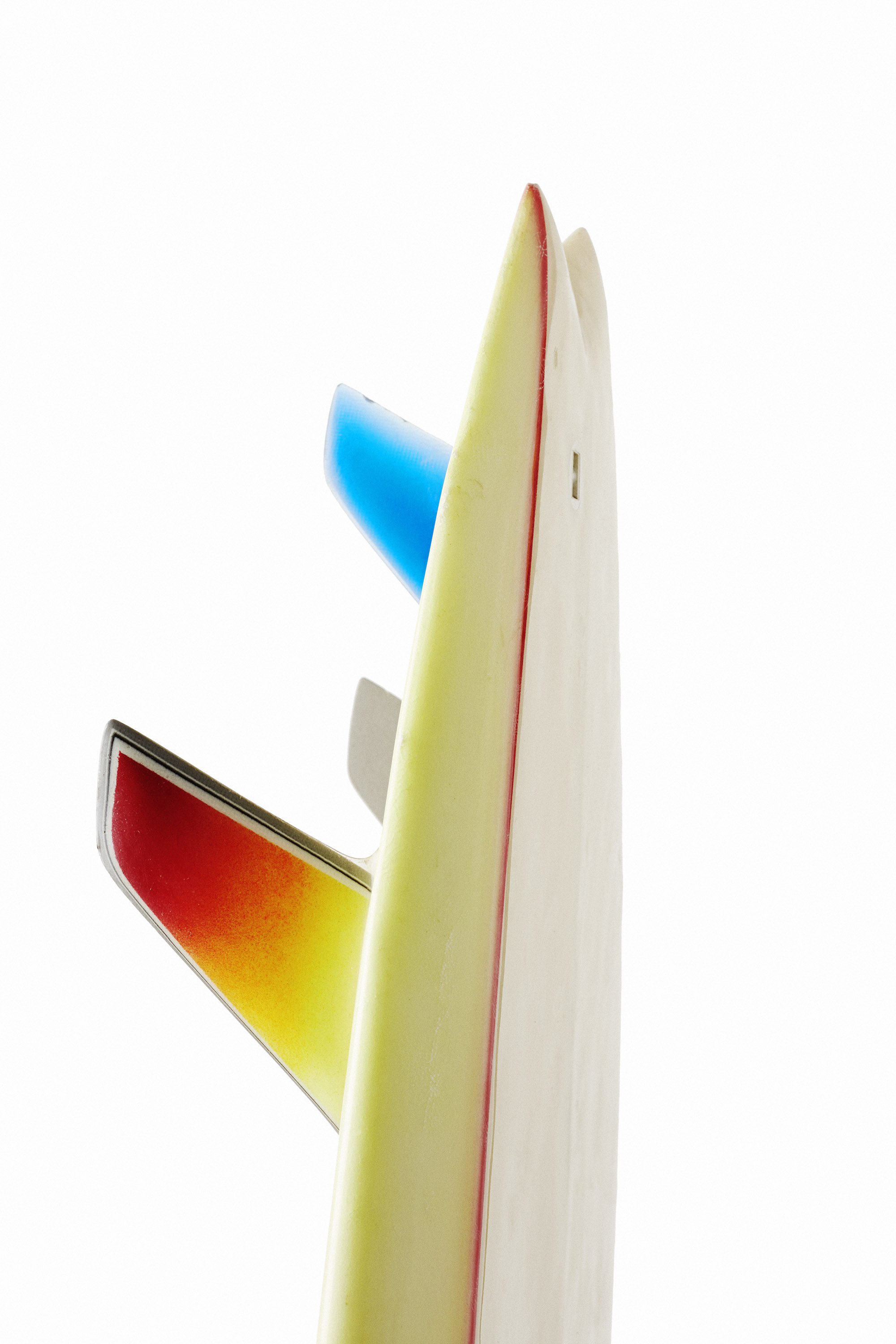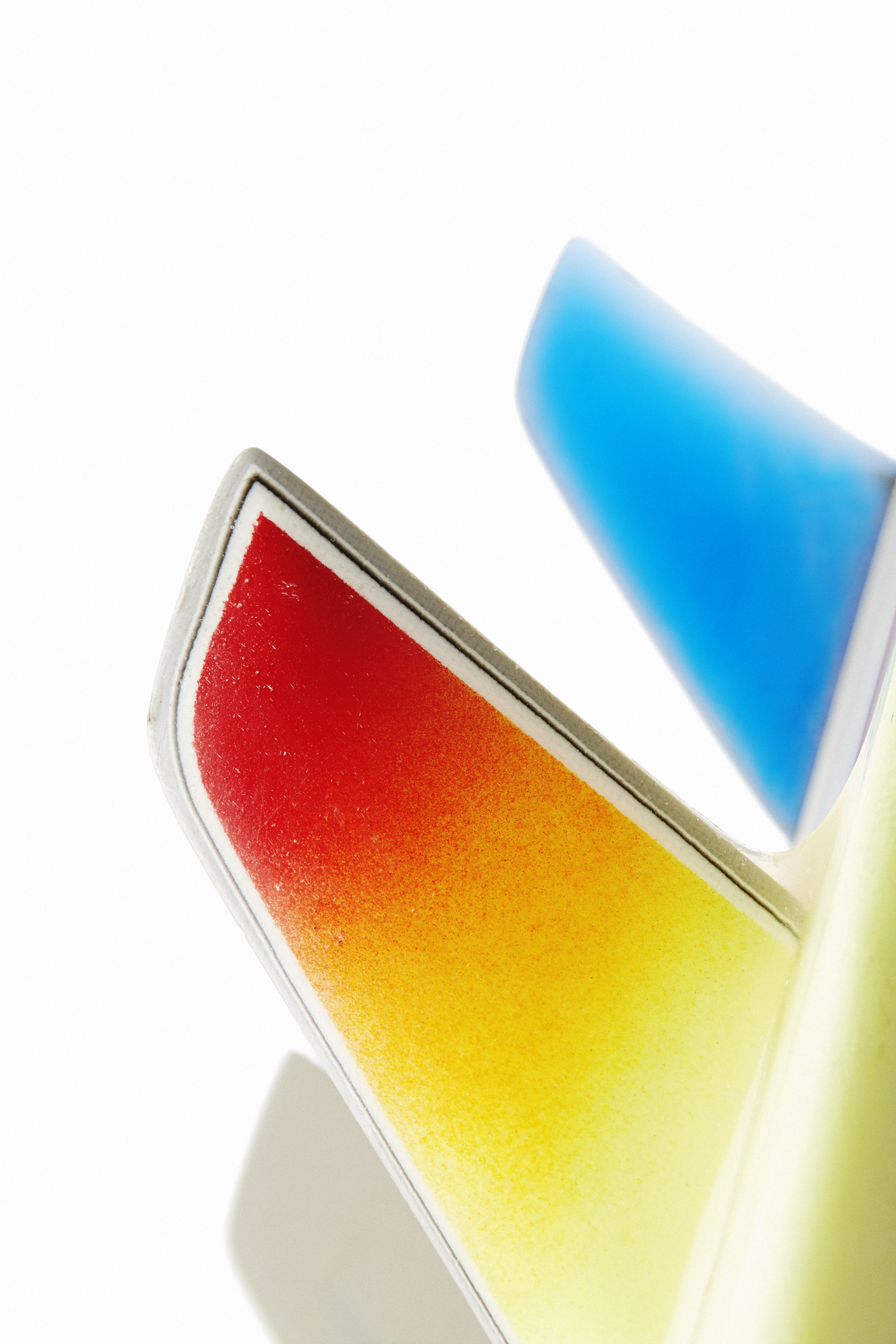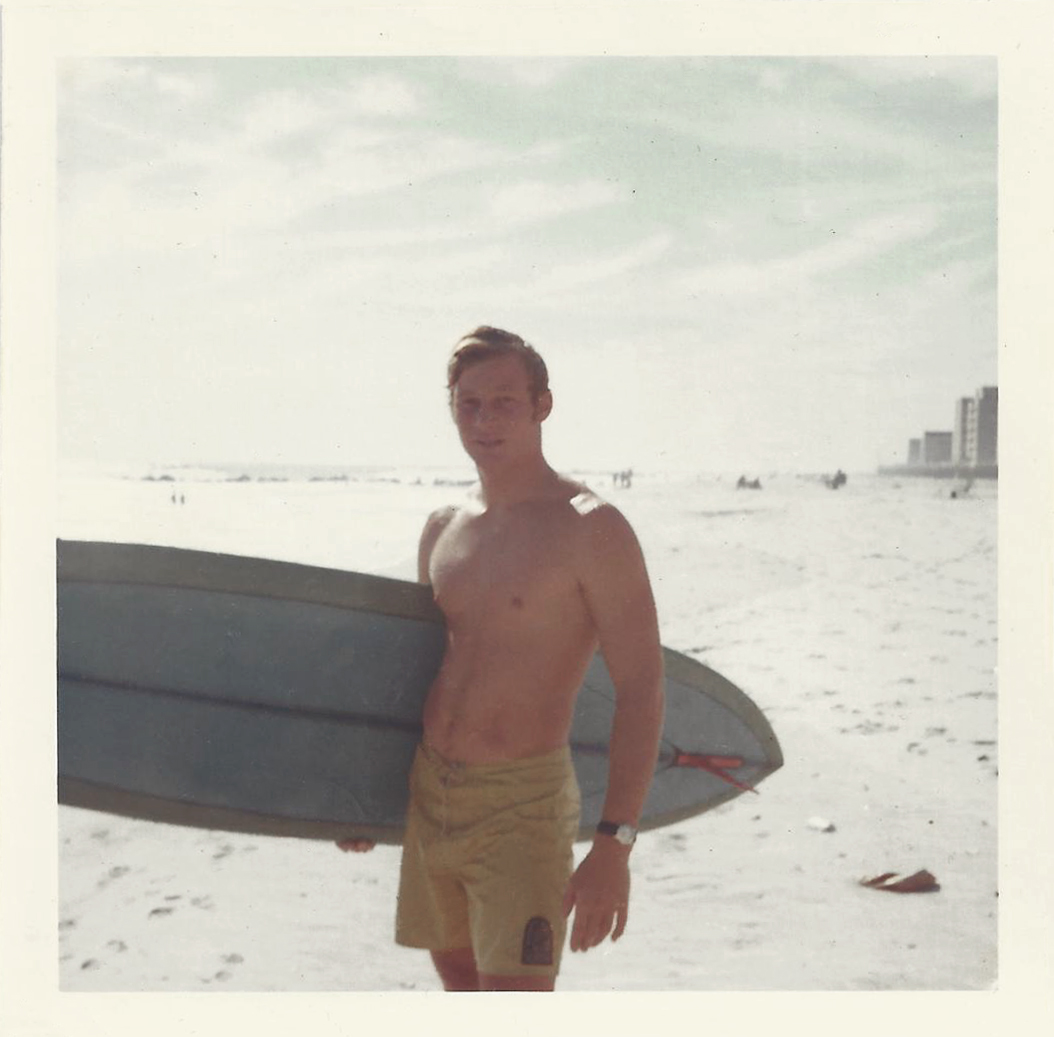The factory that produces ...Lost surfboards in San Clemente, California is not what you might imagine. Three unassuming, blockish buildings house an operation that churns out thousands upon thousands of precision-made surfboards each year.
Behind one building there is a small backyard, mostly taken up by an inflatable pool, swirling with liquid residue from paint experiments. The rest of the yard is full of junk, broken timber and an old Oakley sunglasses cabinet. Even rodents steer clear. A squirrel is once rumoured to have fallen into a bucket of acetone, never to be seen again.
At the end of one building there is a two-rack shaping room where Paul Lefevre, or Son of Cobra as he’s known, works on ...Lost’s special orders.
Paul came to glassing through a combination of luck, mistake and sheer audacity - depends who you ask. He grew up in France and took a stab at shaping his first board aged 14. He went on to university in France to study graphic design. At weekends, he would visit shaper Axel Lorentz in Bidart to help out with board decoration. After he graduated, Paul took a year to travel across Australia.
After some time traveling, Paul found himself in need of cash and approached Sean Wilde (Wilde Shapes) in New South Wales. As a wind-surfer, surfer and occasional shaper, Paul had only knocked together a total of less than 20 boards in his life. “Christmas time there is super busy for shapers,” Paul explained, ”so they were looking for extra help. I told them I was a shaper and glasser. They asked how many I could do a day and I replied two, maybe three. They said 8 was the minimum... But I got the job.”
Over the years that followed, Paul worked for Dale Chapman and Peter White (Classic Malibu) and in France’s Basque country at the Pukas Surf Factory, one of the biggest in Europe and the license holder for Matt Biolos’ ...Lost brand. Eventually Matt saw some of Paul’s work and invited him to come to California. Five years later, after a stint at UWL Surfboards, he accepted the offer.
When we talked to him, it sounded like glassing, now his area of deep expertise, came to him rather than the other way around. “Yes, and I’ve started to regret it,” Paul said. “I see all these random guys putting out boards and no one is paying attention to quality. You can see there is nothing behind it besides a cool photo.” He continued, ”I’ve been shaping as long as I’ve been glassing but never advertised it. I find it sort of lame. Glassing is more underground but it’s incredibly important.” A good glasser can make the reputation of a shaper, Paul explained. “A number of shaper made their name thanks of the quality of the glassing.”
Paul’s passion for craftsmanship runs deep. He has mastered his art and, in an industry stale with recycled ideas, his innovation and creativity shines. Yet, in a spirit of artistic dejection, he argues that he cannot achieve fulfillment through board building anymore. “It is frustrating to see how the handmade, craftsmanship movement has become another marketing tool for large companies, overshadowing people who’ve dedicated their lives to it,” he explained.
Browsing Paul’s work, Julien came across this Malcom Campbell Bonzer and couldn’t resist. Paul’s ties to the Campbell brothers go back to his days at UWL. “I find it hard to believe people spend that much on a Hayden Shape when you can afford a board from shapers like Malcolm Campbell. He’s the most humble guy and super discreet. This board has a more pronounced double concave, closer to the ones he made in the 70’s. The fins are set at an 18º inclination, and there is a beak in the diamond tail. For the glassing, I used white tinted resin with dried flakes of black resin mixed in.”
As you can imagine, the flakes create a lot of extra sanding work when the resin finally cures. But just look at the thing!
Word is though, while living in France he claimed he was happier in Australia… such is the permanent dissatisfaction of a Frenchman. And a true master.
